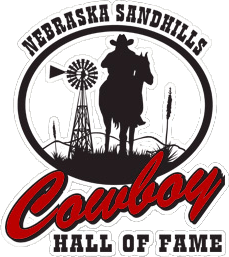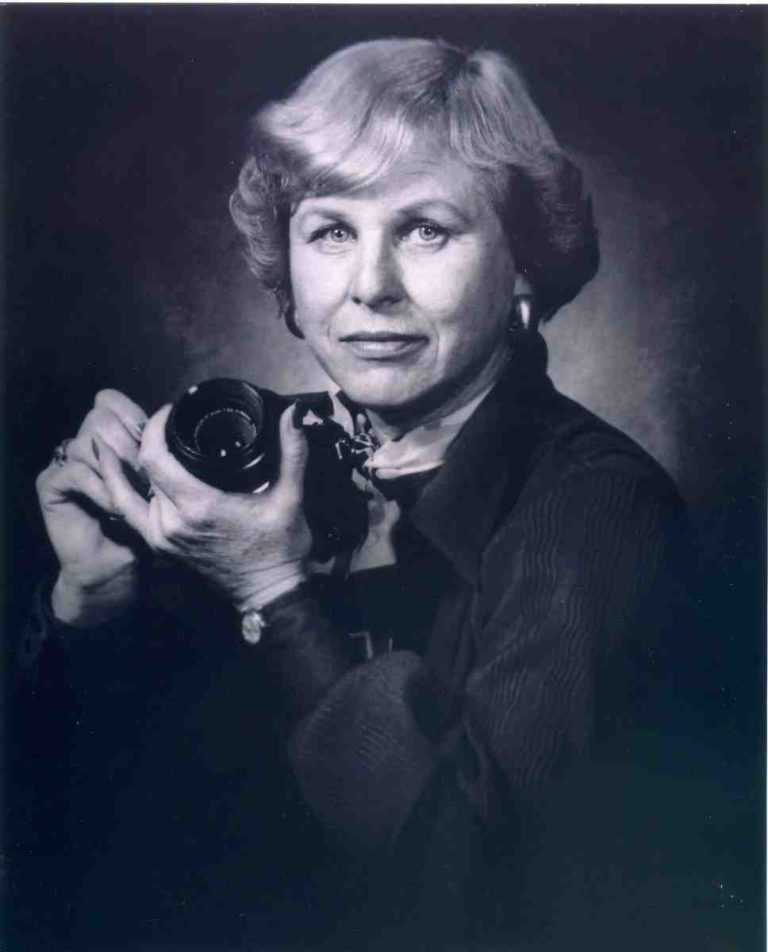In 1968 Marianne Beels’ oldest son, Lorin, was stationed in Vietnam. He sent her a camera and she began taking pictures which would be the beginning of a career that would span nearly 40 years. She taught herself to take pictures and later to develop them. Her husband built her a dark room in the closet underneath the stair well which soon had to be moved to the basement. Her second son, John, was boxing so she began taking pictures of him. She followed the boxing team led by Buzz DeNaeyer and soon others would ask her to take their pictures also.
In 1970, when oldest daughter Myki began rodeoing in High School, she found a new circuit to follow. Marianne felt a strong urge to promote the youth. I remember her saying, “we always hear when these kids do something wrong, someone needs to let the world know what they do right” – AND – “we hear about basketball and football players being athletes. These rodeo kids are every bit as much athletes and they deserve just as much recognition”. Marianne wanted to travel with her family to the rodeos, but she felt she needed to earn her way. She called the North Platte Telegraph in North Platte and asked to speak to the chief editor. She was shaking in her boots, but she asked if they would be interested in coverage of the high school rodeo since it had never really received any publicity. He asked her to submit some pictures and stories and they would evaluate it from there. Well, the rest is history. Marianne was a permanent fixture in the rodeo arena for many years. At the high school rodeo in Harrison, NE, she took a slide in camper, covered the windows with plastic and had a portable dark room. She covered the afternoon and evening performances and while others were either resting or having a good time, she would be found developing pictures to have them available to cowboys and cowgirls as well as the newspaper before the next performance. She was tireless. A favorite trick of the contestants would be to rattle the door and pretend they were going to open it which would surely ruin anything that she might have in the developing solution.
After Marianne’s daughter graduated, she continued to follow high school rodeo, take pictures and promote rodeo and youth through her coverage. In the late seventies, the NHSRA had no funds. The idea was hatched to compile a book of champions. Marianne’s forte was research. She researched all the Nebraska champions between the years of 1950 through 1976. She included the champions of each event and the Nebraskans that went on to win at the Nationals. The book was sold at the State High School Finals in Valentine and was a huge factor on putting the State Association back in the black. She received an award from the Nebraska rodeo contestants, NHSRA directors, queen contestants and FFA for her services to rodeo. Marianne was also responsible for the NHSRA logo bearing the symbol of the boot and spur that is still used today. In 1978, her youngest daughter, Myndi entered the high school rodeo circuit which was 4 more full years of covering rodeo, serving on committees and sponsoring events. As her abilities began to be known, people wanted her to be there for their rodeos and to provide coverage to promote rodeo. In 1978-1981 she was hired by rodeo organizations and Associated Press to provide data and stories at The National Little Britches and National High School Rodeos. In 1980 she did daily coverage of the PRCA National Finals rodeo and in 1981 ran the press office at the National Finals in Douglas, WY. There is hardly a stock contractor, rodeo clown, cowboy or cowgirl that was in the rodeo arena in the 70s or 80s and early 90s who doesn’t know the name of Marianne Beel or at least have some of her pictures hanging on their wall. After her health no longer allowed her to be in the arena, she still continued to cover high school rodeo and 4-H horse shows. She wanted these athletes to get the publicity they deserved.
When Marianne was not in the arena she was writing about the Sandhills, ranching, people, horses, cows and anything to do with the country way of life. Her daily column spanned 38 years with the North Platte Telegraph. She also wrote for the Nebraska Cattleman joined with Joan Burney in a column titled “Beef and Bull”, The Norfolk Daily Newspaper and several other publications. Her columns and pictures depicting the Sandhills and the Sandhills people won many state contests and she went on to become a National winner also.
Her desire to not lose the history of the Sandhills was strong. In 1981 when the Cherry County Centennial Committee wanted to compile a book containing the history of Cherry County, Marianne jumped on board. The committee gathered the stories which were then given to Marianne and her neighbor, Ruthie Harms. For several years the stories and pictures were compiled, edited and cataloged. The undertaking was huge and resulted in two books which were published celebrating 100 years of Cherry County. The books, A Sandhill Century, The Land (book 1) and The People (book 2), had to be reprinted it was such a huge success.
Marianne loved the Sandhills and loved the people who cared for the land and made up the fabric of this great area. She was urged by people to publish a book of her articles. She didn’t think it would sell, but with much encouragement, in late life she began pulling the columns out of old boot boxes and sorting them. She did not get to see the book published, but actually wrote the dedication from her hospital bed. Her husband with the help of many people saw her dream through and the book was published within the year after her death, July 17, 2007. The book had to be reordered and the second printing is now almost gone. This is a wonderful tribute to a lady who taught herself to photograph, develop her own pictures and write about what she loved most, The Sandhills and its people.

